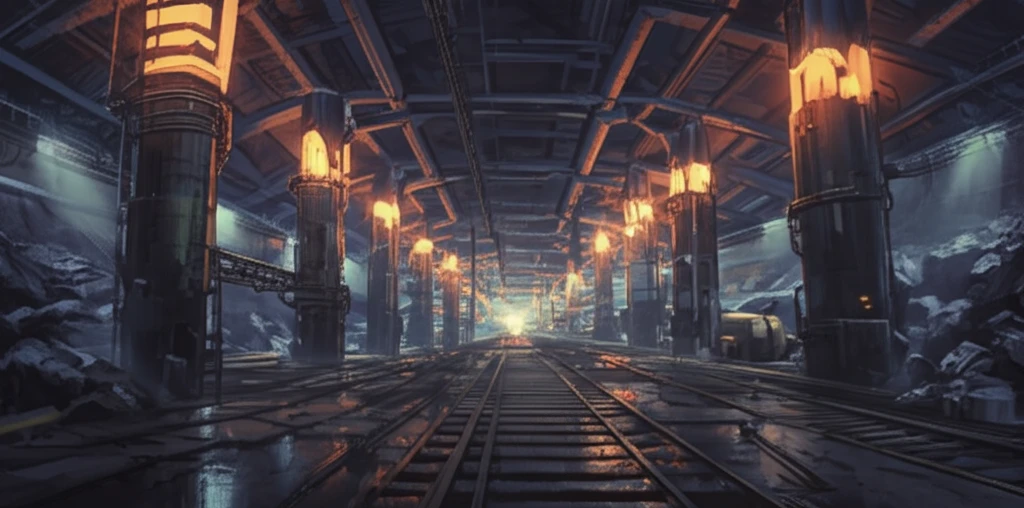
Gob-Side Roadway Retaining: How Innovative Support Systems Keep Mines Safe and Productive
"Discover the crucial role of gob-side roadway retaining in modern mining, and how cutting-edge techniques are enhancing safety and efficiency in underground operations."
In the intricate world of underground mining, maintaining the stability of roadways is paramount. Gob-side roadway retaining, a technique used to preserve roadways adjacent to mined-out areas, plays a vital role in ensuring both safety and operational efficiency. This method, widely adopted in China and increasingly relevant globally, involves strategic support to manage the shifting rock mass and prevent collapses. Understanding the mechanics behind this process is essential for anyone involved in mining engineering and safety.
The challenges of gob-side roadway retaining are multifaceted, requiring a deep understanding of geological conditions and structural mechanics. Traditional methods often fall short in the face of complex strata movements and the immense pressures exerted by surrounding rock. This has spurred the development of innovative support systems designed to adapt to these dynamic conditions, offering enhanced stability and minimizing the risk of roadway closure.
This article delves into the science behind gob-side roadway retaining, exploring the movement laws of rock mass structure and the cutting-edge techniques used to control them. We'll examine the critical role of support systems, particularly the innovative pier column design, in maintaining roadway integrity. By understanding these advancements, we can appreciate the ongoing efforts to make mining operations safer and more productive.
Understanding the Mechanics: How Rock Mass Movement Affects Roadway Stability

The stability of gob-side roadways is intricately linked to the movement of overlying strata. After a panel is mined, the overlying rock layers fracture, creating a 'four-terminal clamp supported' status around the retaining entity coal side. This initial fracturing leads to an 'O-X' breaking pattern in the main roof, followed by the formation of a triangular-patch, or key block B, above the gob-side roadway. These movements dictate the stress distribution and deformation characteristics that the support system must withstand.
- First Break: Key block B fractures for the first time, typically within a periodic weighting length behind the working panel. During this phase, the entity coal side compresses under increasing vertical stress, while the filling body on the other side offers limited support.
- Second Break: As the distance from the working panel increases, key block B undergoes rotary subsidence towards the goaf. The filling body's bearing capacity increases rapidly, leading to a second fracture outside the filling body. This phase marks a transition to a cracked state in the surrounding rock, ultimately leading to stabilization as the rock strata contact the gangue in the goaf.
The Future of Mining Safety: Innovations in Roadway Support
Advancements in gob-side roadway retaining techniques, particularly the development of innovative support systems like pier columns, represent a significant step forward in mining safety and productivity. By understanding the complex mechanics of rock mass movement and tailoring support systems to meet these challenges, the mining industry can continue to improve the safety and efficiency of underground operations. As technology advances and new materials are developed, the future of gob-side roadway retaining promises even greater levels of stability and control, ensuring a safer and more productive environment for miners around the world.
